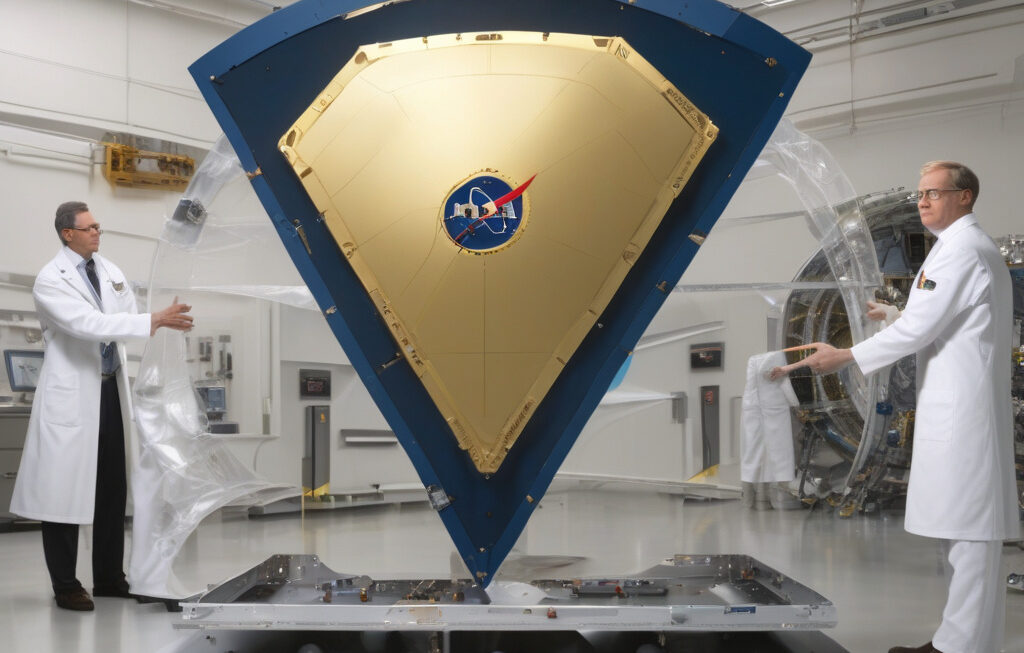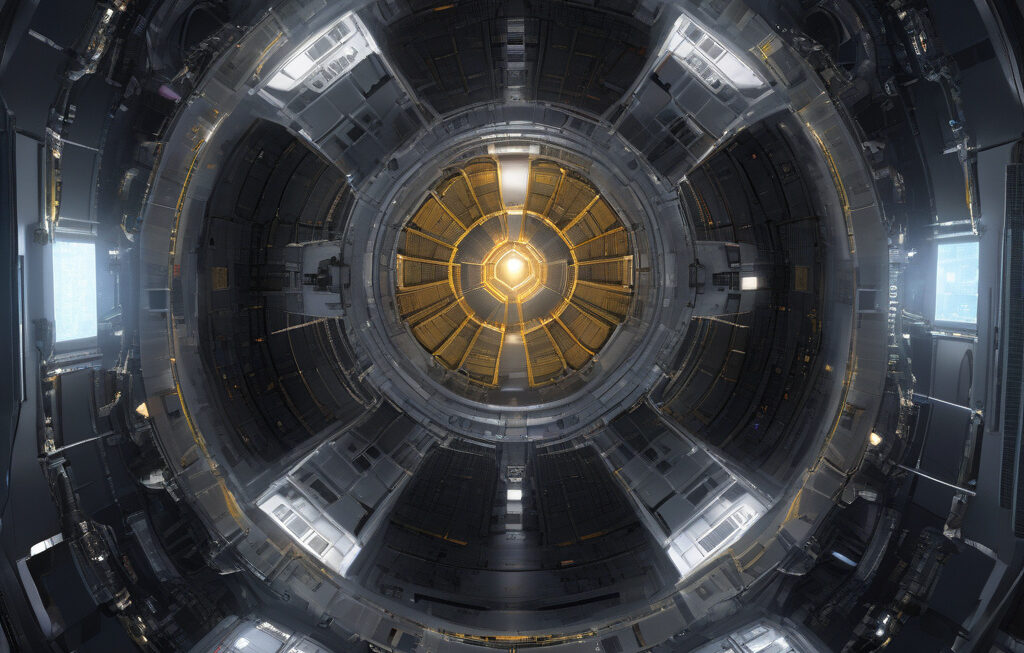Mysterious Magnetic Anomaly over Earth Puzzles Scientists, Risks Space Tech
Scientists at NASA are closely monitoring a vast region of weakened magnetic intensity—known as the South Atlantic Anomaly (SAA)—that stretches from South America to southwest Africa. This perplexing phenomenon is causing consternation among researchers and space agencies worldwide due to its potential risks to both satellite technology and the health of astronauts.
The Earth’s magnetic field plays a crucial role in shielding the planet from harmful solar radiation and cosmic rays. However, the SAA represents a significant deviation from the norm, with the magnetic field in this region weakening at an alarming rate of 5% per decade. This weakening has led to concerns about its impact on satellites and spacecraft passing through the area.
One of the primary risks associated with the SAA is the potential interference with satellite operations. Satellites passing through this region may experience disruptions to their onboard systems, affecting communication networks, GPS navigation, and even power distribution. This interference poses a significant challenge to the reliability and longevity of space technology, as well as the services that depend on it.
Moreover, the SAA could also pose health risks to astronauts aboard the International Space Station (ISS) or on future missions to the Moon or Mars. The weakened magnetic field in this region offers less protection from high-energy particles, increasing the astronauts’ exposure to radiation. Prolonged exposure to such radiation can have serious implications for their health, including an elevated risk of cancer and other radiation-related illnesses.
Scientists are working diligently to unravel the mysteries surrounding the SAA and understand the underlying causes of this magnetic anomaly. While the exact reasons for the anomaly remain unclear, researchers believe that it may be linked to the complex processes occurring deep within the Earth’s core. The movement of molten iron and nickel in the outer core is thought to influence the behavior of the magnetic field, leading to anomalies like the SAA.
To mitigate the risks posed by the SAA, scientists are exploring various strategies to protect both technology and human health. For instance, satellite operators can implement shielding measures to safeguard their spacecraft from magnetic interference while passing through the anomaly. Similarly, future space missions may need to consider additional radiation protection for astronauts to minimize their exposure during extended stays in space.
As our reliance on space technology continues to grow, understanding and addressing magnetic anomalies like the SAA are becoming increasingly critical. By unraveling the secrets of these mysterious phenomena, scientists can develop innovative solutions to protect both our technology and the brave individuals venturing into the depths of space.
In conclusion, the South Atlantic Anomaly remains a captivating enigma that intrigues scientists and space enthusiasts alike. As we delve deeper into the complexities of Earth’s magnetic field, we unlock new possibilities for space exploration while ensuring the safety and reliability of our technology in the final frontier.
NASA, South Atlantic Anomaly, Magnetic Anomaly, Space Technology, Astronaut Health












